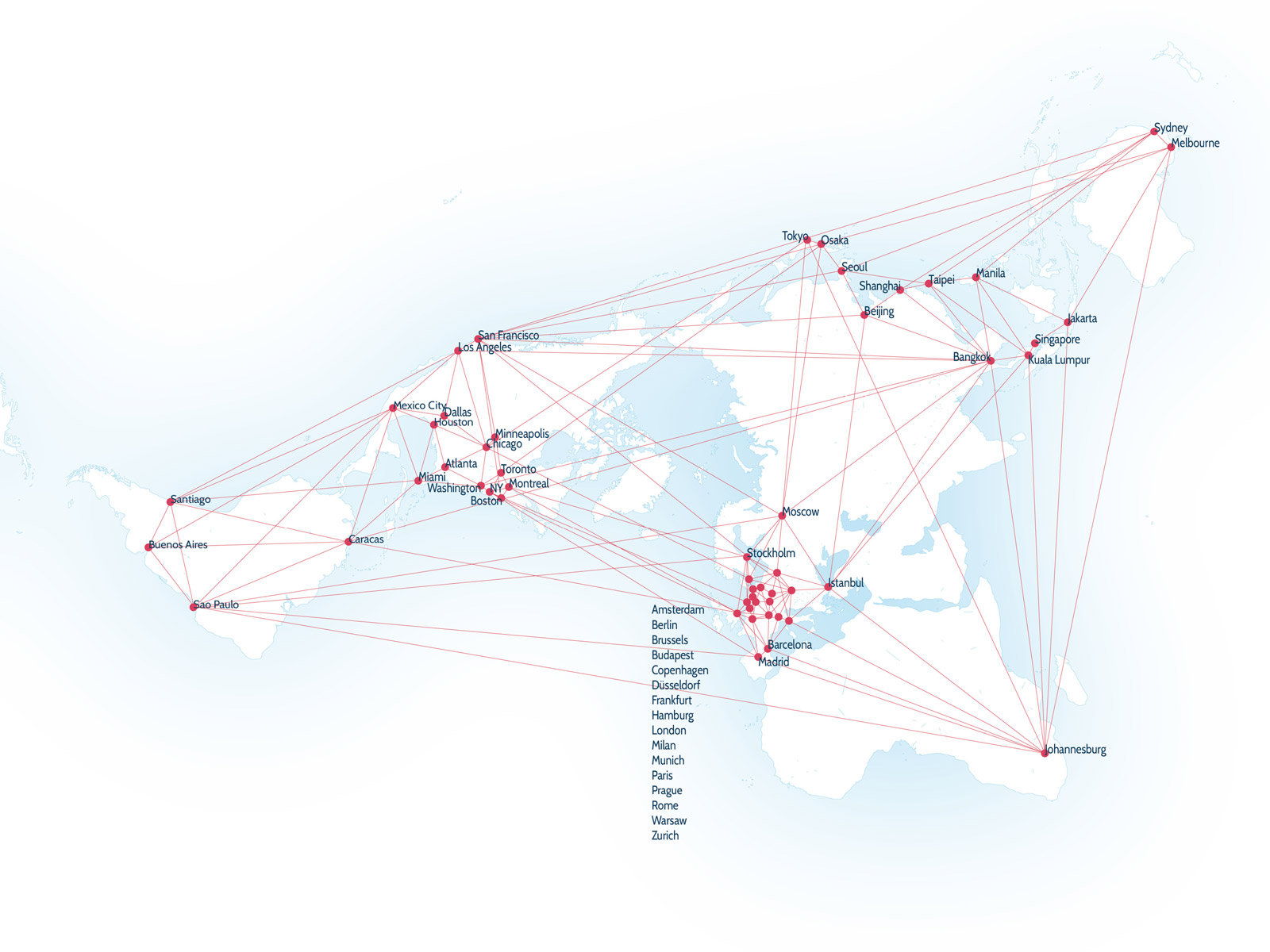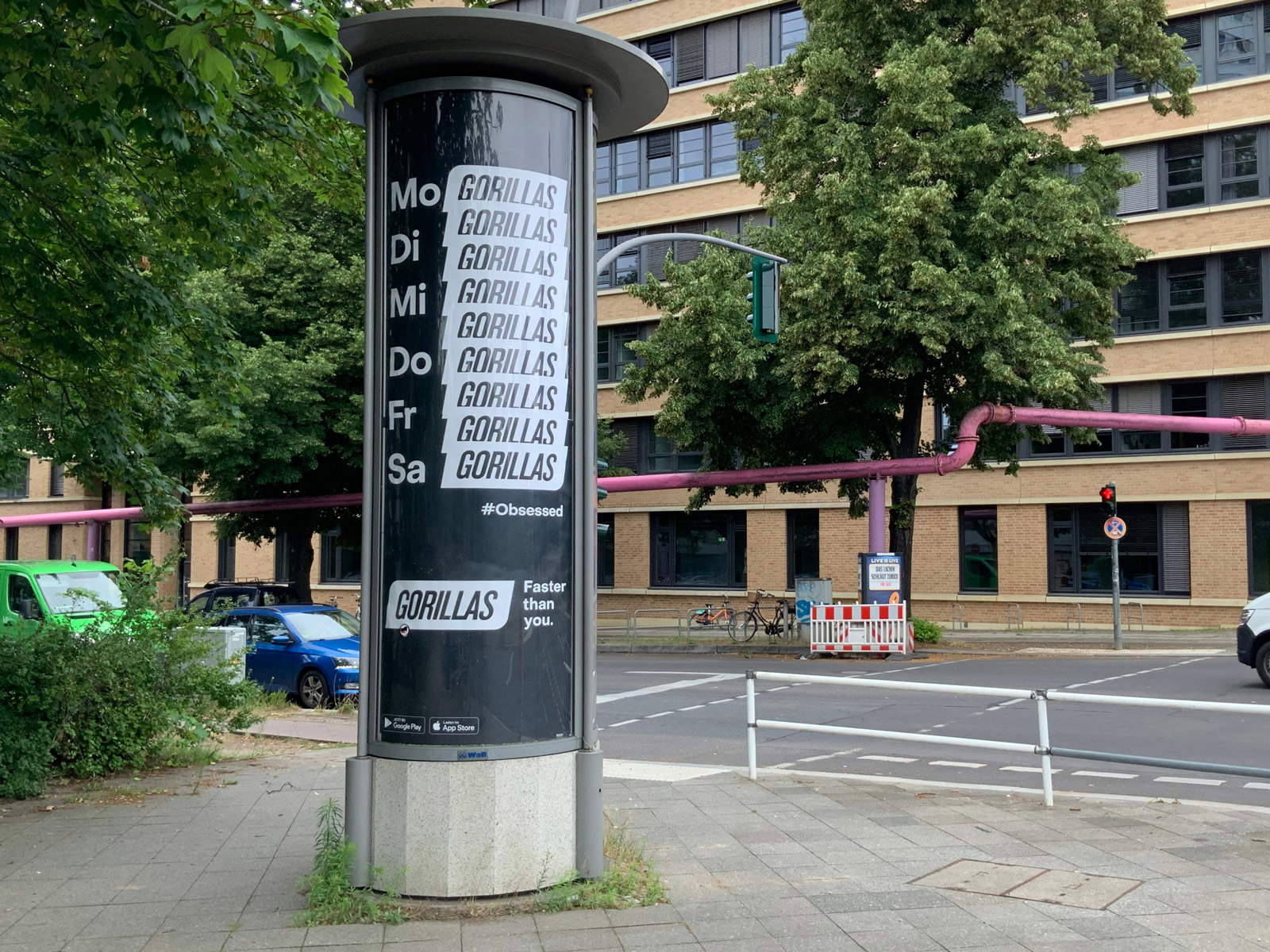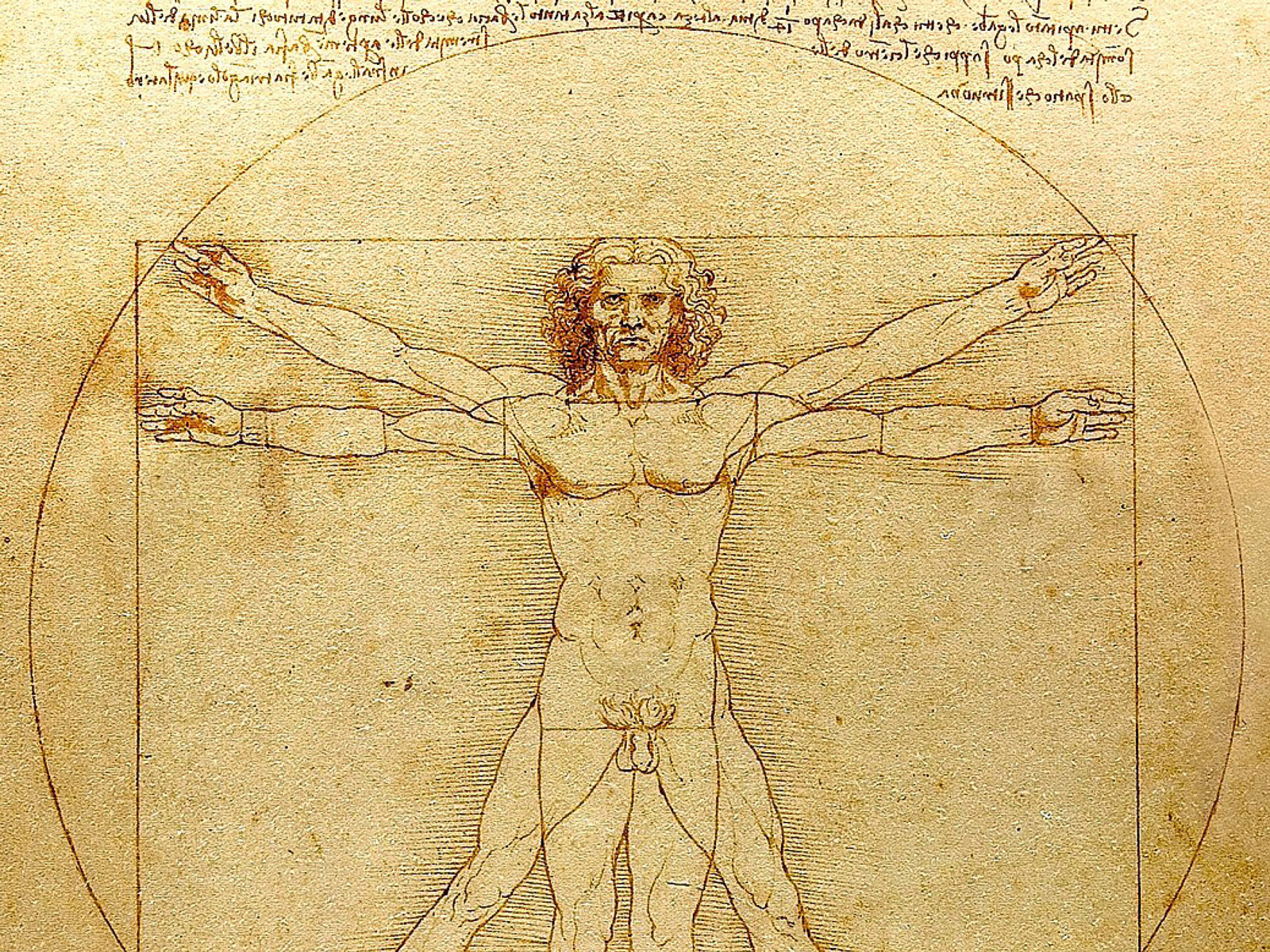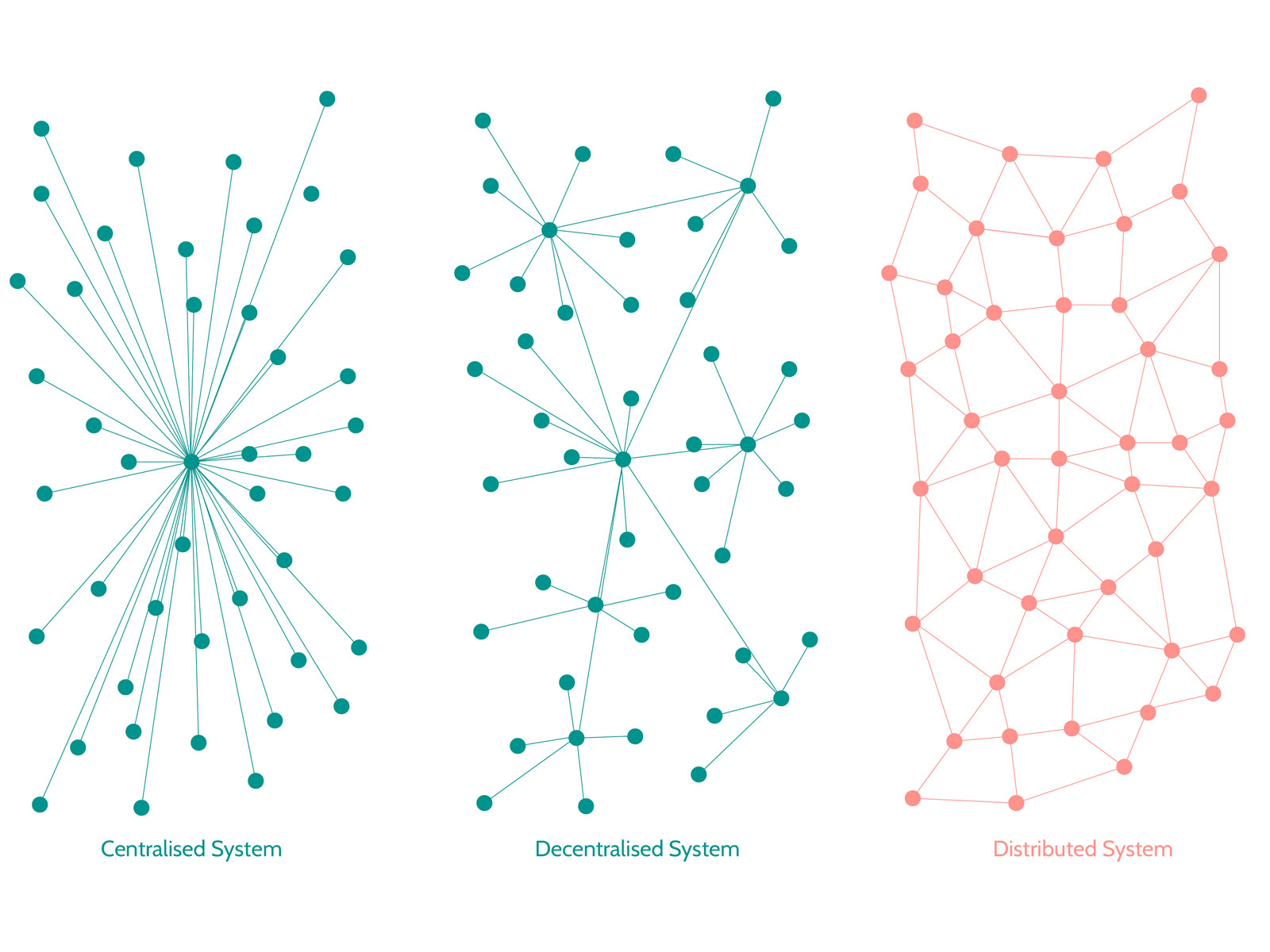INFRASTRUCTURE! Thesis
Everything is connected
By: BB2040 Editorial Team
With contributions from:
BB2040 Editorial Team
Published on June 26, 2021
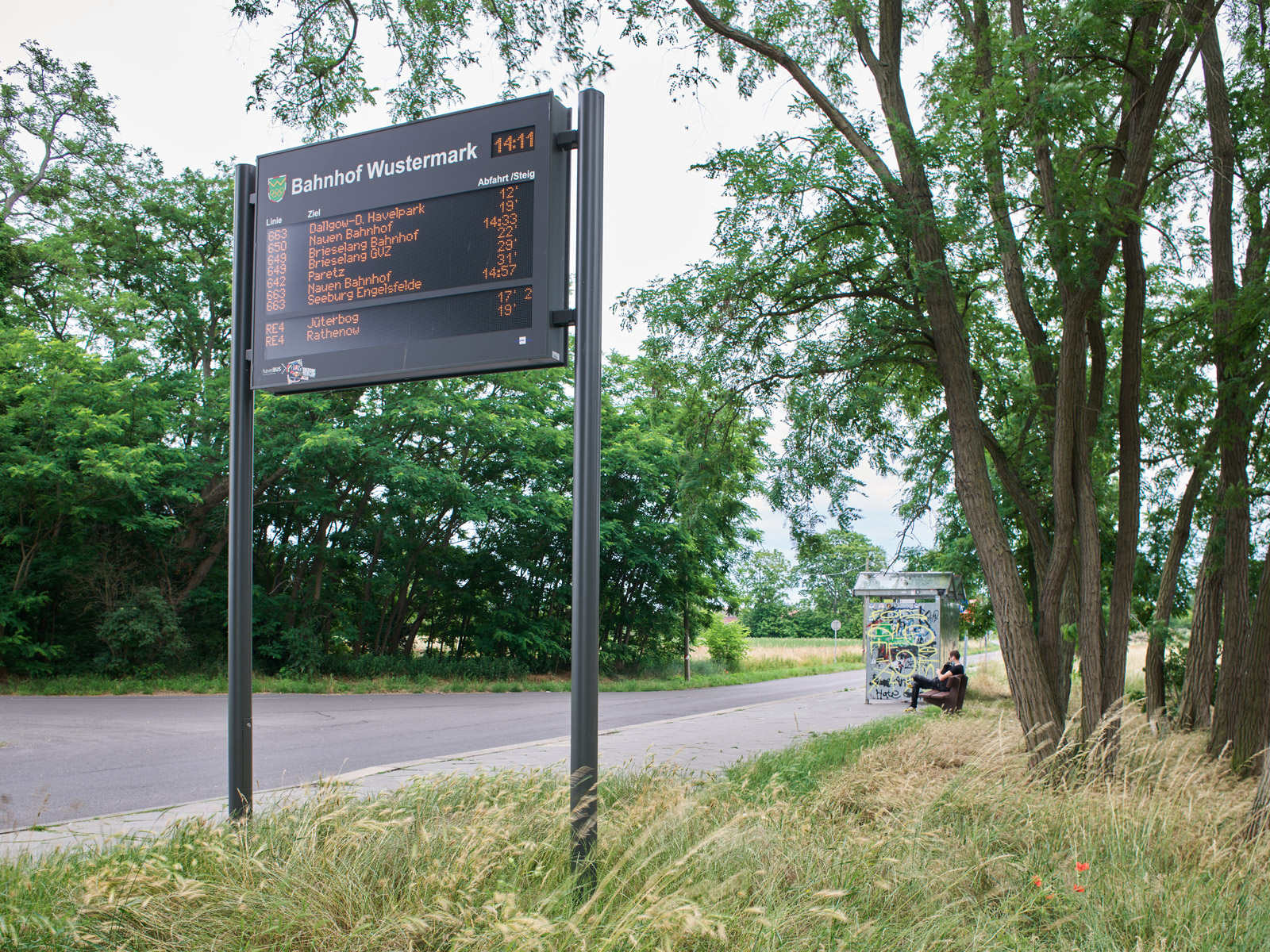
In an urbanised society, infrastructures constitute the foundation of communal life. Organised in networks they facilitate the flows of—and relationships between—goods, humans, and non-humans. Connectivity, especially in terms of digital infrastructures, set off profound societal transformations and resulted in a new era of humankind: the networked society. However, networks always produce a degree of self-containedness, leaving behind what is not included. Today, facing imminent transformation challenges, centralised, hierarchical network infrastructures are being called into question in the shift towards more holistic decentral or distributed logics.
The BB2040 Editorial team is formed by Philipp Misselwitz, David Bauer, Kriti Garg, Rosa Pintos Hanhausen, Simon Warne & Johanna Westermann.
This INFRASTRUCTURE! Thesis is presented at the Wissensstadt Berlin 2021.
Networks of infrastructures sustain the essential services of a city, they distribute water and electric power, transport humans and goods or provide internet access. The city is characterised by these infrastructural networks; urbanity arises where different systems overlap and interact with one another. Networks are defined as a set of interconnected nodes; each node serving the network and they govern flows. The resilience of a network is measured through its ability to maintain its function even if individual parts of the network fail in a disruptive event. Networks can influence urban life on very different levels: While our road network has a very tangible impact on the physical space and our everyday urban life, cities compete to secure their position as a node in an economic network of global cities.
The way infrastructural networks can adapt to changing realities and needs is an important measure of their resilience. Currently, the impacts of climate change increase the pressure on infrastructural networks. More and more frequently we see infrastructural networks collapse under the pressure. Taking Berlin's sewage system as an example: Although almost entirely underground, this network relates to the urban patterns including streets layouts, sizes of blocks or shapes of buildings. While this network has been surprisingly resilient so far – adapting to dramatic fluctuation of populations, economic restructurings, periods of destruction and rebuilding - climate change will require adaptation at unprecedented levels. Time and again, during heavy rain events, the network cannot absorb enough water and floods occur, channeling unfiltered sewer water into the city’s canals – threatening flora and fauna.
The situation is similar with other networks that are repeatedly inferior to the forces of nature. A study by the Potsdam Institute of Climate Change (PiK) shows that no other German company will be as severely affected by the impacts of climate change as Deutsche Bahn, the German state-owned railways [1]. Already today, when extreme weather conditions only affect individual railway lines or freeze overhead cables, their impact can be felt across the entire network.
Apart from these physical and large-scale systems, we also organize our everyday life in network structures. Networks keep us connected to one another, organising in networks gives us more power and security. With the rise of internet and communication technologies we are more connected than ever. Already in 2004, Manuel Castells argued for an understanding of today’s society through the notion of networks - the ‘network society’ [2]. The social networks at the heart of his theory are essential for the development of social and cultural capital and are increasingly mediated by digital technologies.
While networks are obviously there to connect, networks also have the power to exclude people and places from public participation. Today there are still regions in Brandenburg without access to mobile data, or even more traditional networks such as the public transport [3]. Such places are being abandoned and decaying simply because they are excluded from the public networks of general interest. In these processes one cannot only identify a digital divide in terms of intergenerational knowledge, but also as a spatial divide, most notably in cities as innovation hubs and rural regions that are being left further and further behind.
Today, these digital technologies no longer just connect humans, but also things as the milk in the refrigerator example vividly illustrates. While this degree of networking and the ever-new technologies trigger feelings from fear to euphoria, we can be sure of one thing: This development is here to stay. So perhaps it would be worthwhile to look beyond the dualistic view of us vs. technology and rethink our position in the world and relation to other-than-human actors.
In doing so, however, we must not stop taking a critical look at these new digital networks. While for example the distributed networks of Bitcoin’s blockchains enable transparency of transactions, increasing their security and depleting the need for an intermediary authority, this system also depends on vast amounts of energy. Individual bitcoins are becoming more complex with each transaction and therefore also the "proof of work" which validates a transaction. The computers that make up the individual nodes of this system use the same amount of energy as the entire country of Denmark [4].
In the coming years, the question of how to organize our infrastructural networks will become more and more important. We must prepare our network for the future. Some systems may have to be fundamentally rethought, in doing so we should also think about whether a network can simply accommodate different flows in future, or which additional infrastructures must be provided in order to maintain the function even in the case of disruptive events.
[1] Potsdam-Institut für Klimafolgenforschung (2018). Klimastudie: Deutsche Bahn muss sich auf Extremwetter einstellen • DB wappnet sich mit 5-Punkte-Strategie (Presseinformation). https://www.deutschebahn.com/resource/blob/1312318/3685de27cff2f52a7760770048dbf652/PI_Klimastudie-data.pdf [Accessed 21.06.2021]
[2] Manuel Castells (1996). The Rise of the Network Theory, The Information Age: Economy, Society and Culture.
[3] Tagesspiegel (2019). Leben im Funkloch. https://www.tagesspiegel.de/themen/reportage/alltag-in-brandenburg-leben-im-funkloch/24147430.html [Accessed 21.06.2021]
[4] Investopedia (2021). Blockchain Explained. https://www.investopedia.com/terms/b/blockchain.asp [Accessed 21.06.2021]
BB2040
[EN] Berlin Brandenburg 2040 was initiated by the Habitat Unit in cooperation with Projekte International and provides an open stage and platform for multiple contributions of departments and students of the Technical University Berlin and beyond. The project is funded by the Robert Bosch Foundation.
[DE] Berlin Brandenburg 2040 wurde initiiert von der Habitat Unit in Kooperation mit Projekte International und bietet eine offene Plattform für Beiträge von Fachgebieten und Studierenden der Technischen Universität Berlin und darüberhinaus. Das Projekt wird von der Robert Bosch Stiftung gefördert.
